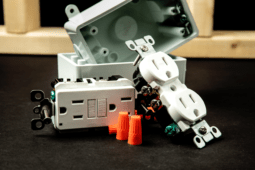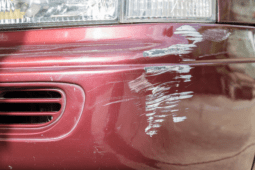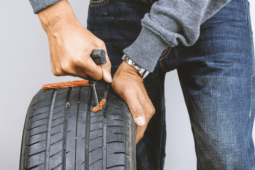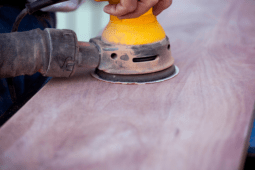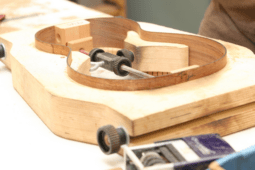4 Different Ways To Find A Stud In A Wall
It’s an old dad joke, a good one the first time he says it, but a dad joke nonetheless. He takes the electronic stud finder out of the toolbox, turns it on, and says, “I can’t use a stud finder, they just go off in my hand the second I touch them.”
OK, maybe not the best joke, but one that’s been told every time a guy picks up an electronic stud finder and has someone within earshot.
Finding studs in a wall is one of the more common problems in modern living. Nails in sheetrock or other wall coverings hold up light objects such as small pictures, lightweight decorations, or even party banners, but heavier hangings on the same nail will rip out the sheetrock, break the big photo and just damage your wall.
Studs Can Be Wood or Metal

When you need to find studs, both wood and metal behind an existing wall, there are many techniques that work.
With metal studs it’s easy, but you won’t find metal studs on an outside or supporting wall, they’re just not designed to hold the weight of a second floor or roof assembly. Wood studs remain the most common material used in home and small business construction.
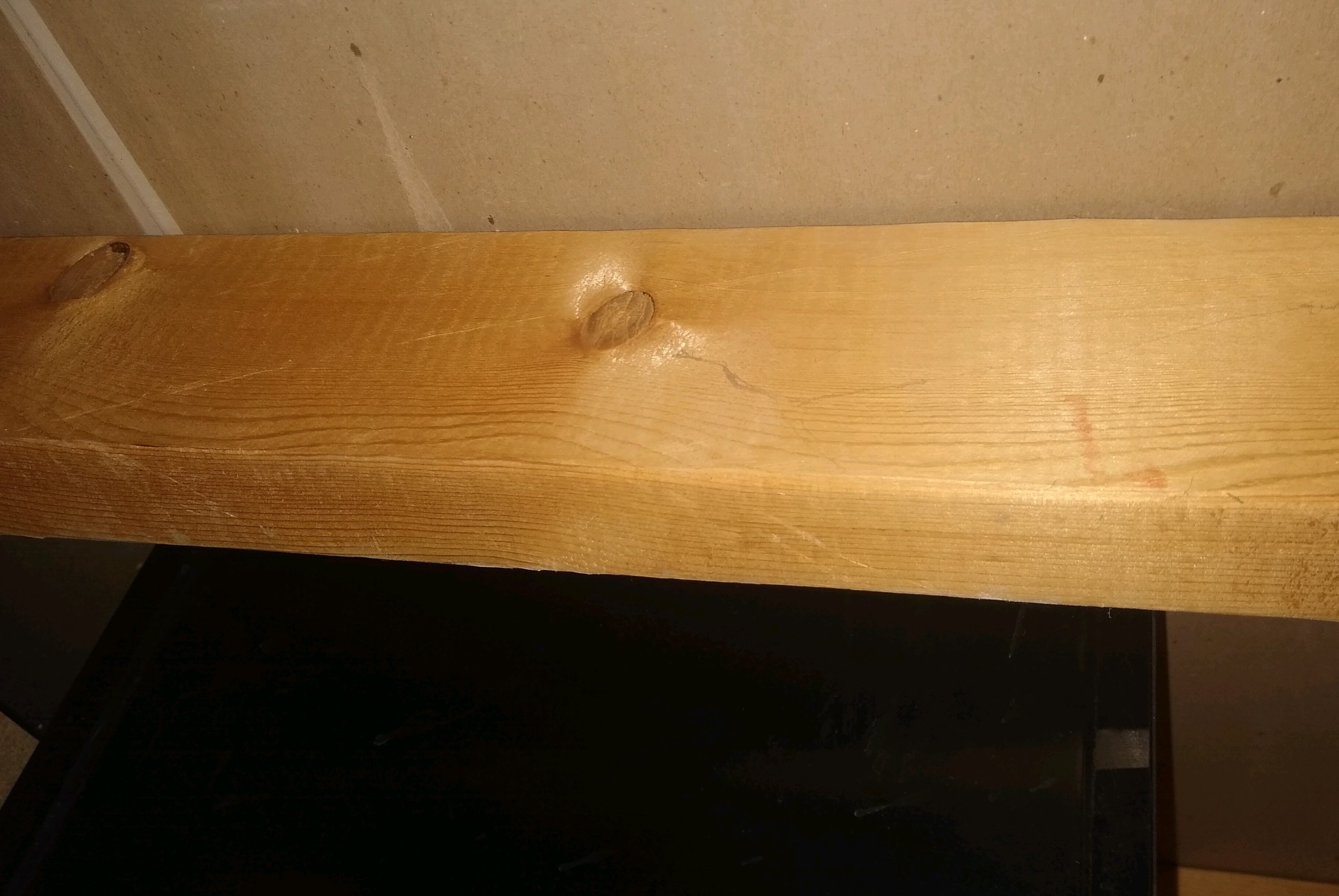
You’re not looking for the stud itself when you fire up a stud finder, you’re looking for a metal sheetrock screen or nail in the sheetrock or plasterboard.
A stud finder searches for the metal in a wall, when it comes close to it either an alarm will get louder until it begins beeping or in some models a light array will climb from one to four or five lights, indicating you’re on top of the wall stud.

What if you don’t have a stud finder (or just can’t use one since it goes off in your hand?)
There are many other ways to discover a hidden stud inside a wall.
Remember, you’re looking for a metal screw or nail, they’re all made of steel, steel is magnetic.
Magnets, Cell Phones, and Electric Razors
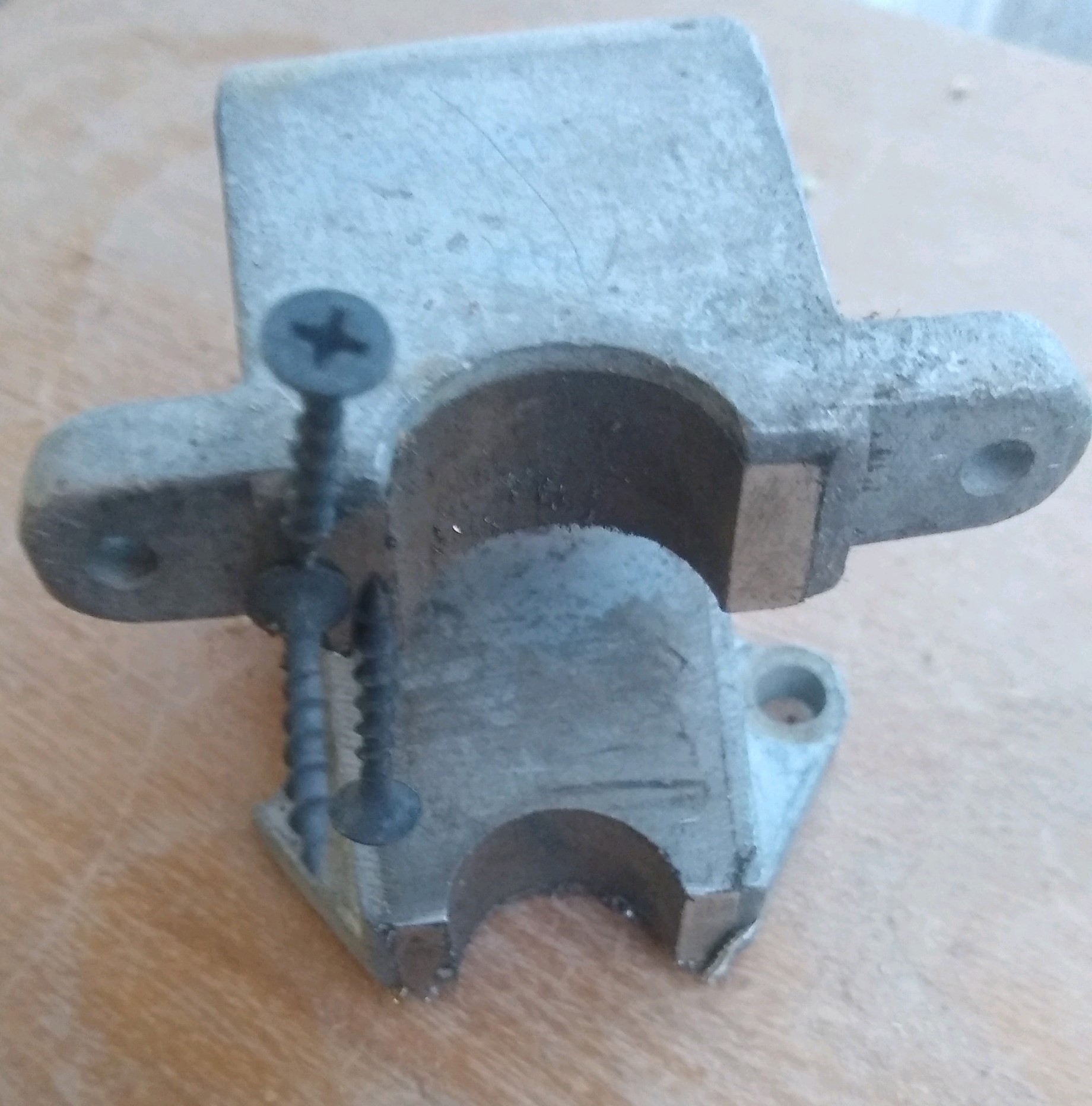
A small magnet moved along a wall will “grab” a little when it contacts a steel object. That “grab” is your sign that a stud is located there.
Android and Apple cell phones have a free downloadable app that can help find a stud. This isn’t a magnetic approach, but rather a form of homeowner sonar. It sends a vibrating signal that the phone recognizes when it bounces off a stud. It works in some settings, but if the wallboard or sheetrock is thicker than normal, you won’t get a clear response.
Some claim an electric razor is the best way to find a stud. A portable electric razor sends out similar vibrations as a cell phone app, but at a different frequency. The detector is your ear, when you hear a change in the tone of the razor, odds are you’re over a stud.
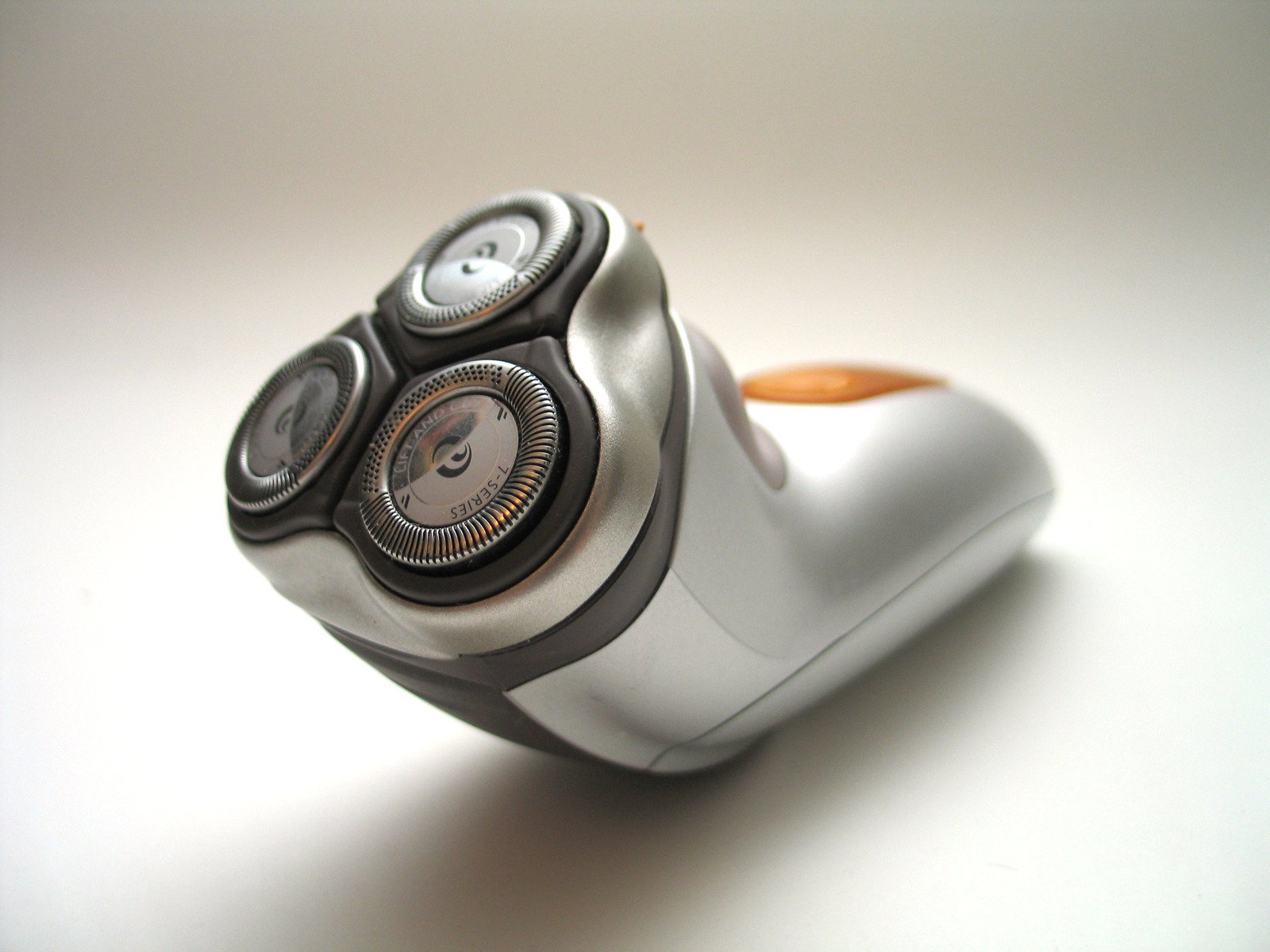
Cave Man Style
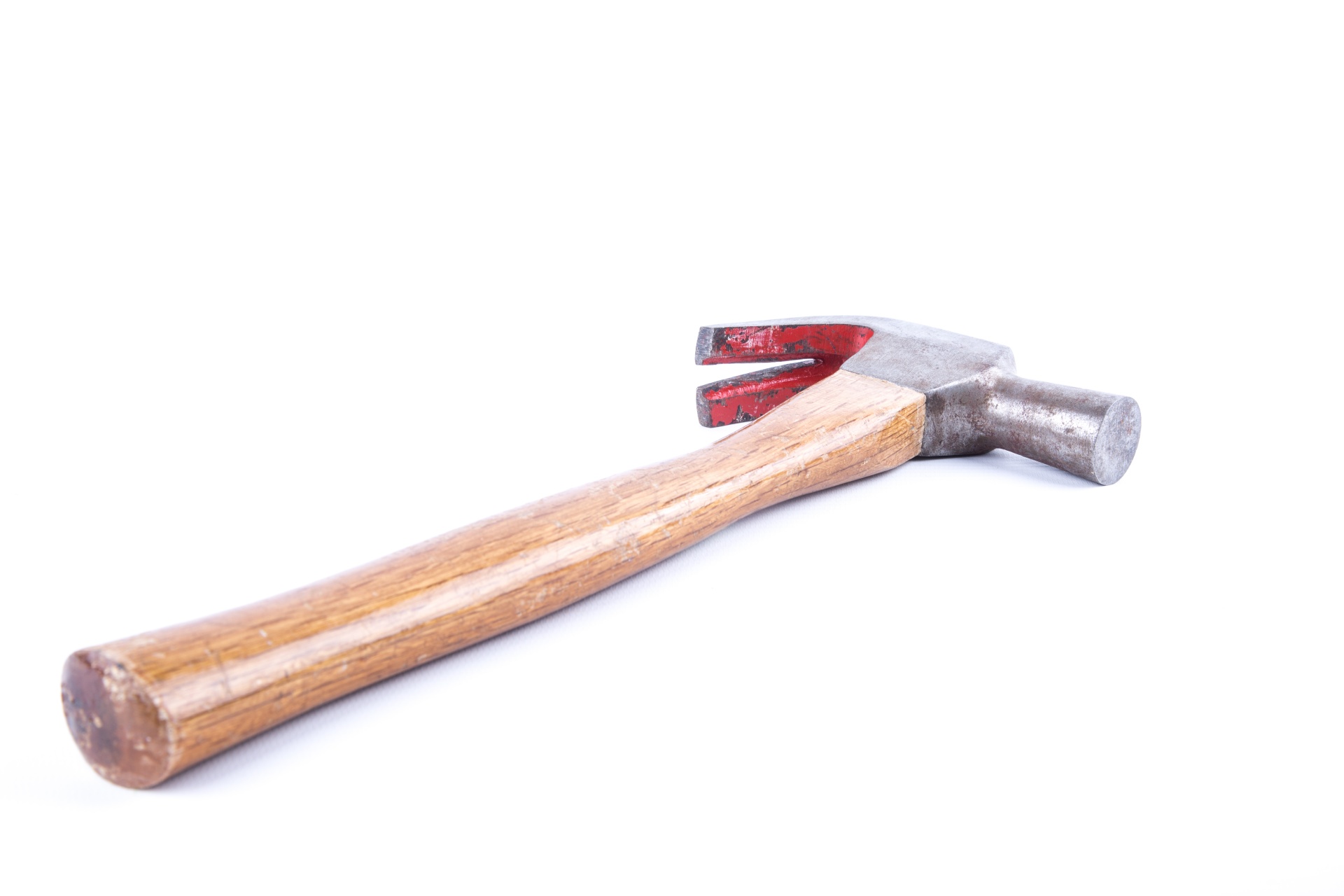
The final method is a simple one that dates back to the first arrival of stud wall construction and wallboard covering. You might call it the caveman approach.
You just knock your knuckles along the wall until the sound changes. A light tap with a hammer will do the same thing.
It is important to understand a little bit about how studs are spaced in a wall.
If your home has 2×4 walls, (you can tell by the door jamb or window depth) the studs will be placed every 16 inches. Power outlets are always attached to a stud, which gives you a starting point. The outlet will be on one side or the other of the stud. If you start at an outlet, measure out in 16-inch increments, you’ll be within a couple of inches of a stud, it cuts your search area down significantly.
If you’re looking for a stud on an outside wall and your home is more modern, it probably has 2x6s as studs, once again, look at the doors and windows. A 2×6 wall will have studs 24 inches apart.
Repeat the process described with 16” stud distancing, only make that two feet and you’ll be close to the objective.
After all of this, you may just opt for buying a stud finder. If you do, we recommend this 4-in-1 from Tavool that can locate both wood, wire, and metal studs.
ManMade Reccomended: Tavool 4-in-1 Stud Finder



